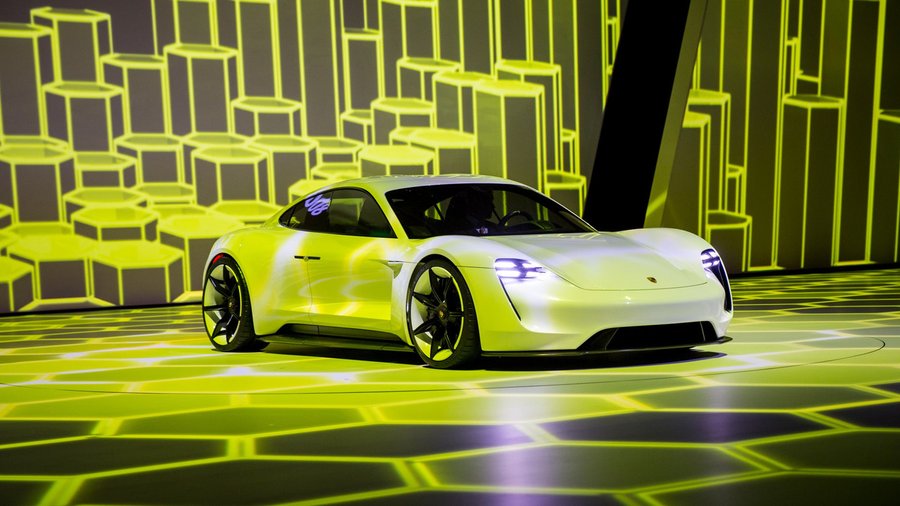Porsche To Spend A Whopping $7.5 Billion On Electrification By 2022

In the last few days, Porsche has been more than eager to talk about its EV agenda heralded by the Mission E. Slated to arrive at some point in 2019, the all-electric sedan is only a part of the company's eco-friendly future portfolio, which besides full EVs, will also include an assortment of plug-in hybrid models. To make it all happen, the high-ranked officials from Stuttgart have given their green light on doubling the initial investment in electrification to no less than €6 billion, which works out to almost $7.5B at current exchange rates.
The decision was taken at the most recent get-together of the Porsche AG Supervisory Board where the head honchos decided to put aside approximately €500 million ($623M) for two very specific purposes: developing additional versions of the Mission E (such as a rear-wheel-drive model), as well future derivatives based on the zero-emissions sedan.
Roughly €1B ($1.24B) will be going into hybridizing and electrifying the company's current models, while around €700M ($872M) will be put to good use in new technologies, hybrid & EV charging, along with smart mobility. "Several hundred million" have been reserved to expand Porsche's facilities as the marque is getting ready to fully embrace electrification.
The massive investment involves setting up a new paint shop in Zuffenhausen, along with the already teased dedicated assembly area (pictured above) for the Mission E. Porsche will also need a conveyor bridge to move the painted bodies and the powertrains to the assembly area where the electric sedans will come to life. Porsche has already announced it plans to make 20,000 units annually, with room for extra production available should it be forced to match the extra customer demand.
Not only that, but the current engine plant is going through some major changes in order to accommodate the manufacturing of electric drivetrains, and the body shop together with the Weissach Development Centre are also getting some of the funds.
The ambitious Mission E project alone has generated roughly 1,200 new jobs and it's a known fact other electrified cars will follow in the next decade, with the plug-in hybrid 911 estimated to arrive in 2023. In at least 10 years from now, the Nine Eleven will lose the combustion engine altogether.
In related news, Porsche wishes to remind us the production-spec Mission E will have 600 horsepower on tap and it will run to 62 mph (100 kph) from a standstill in "significantly less" than three and a half seconds. The company goes on to say "it will also be able to accelerate and brake repeatedly without any loss of performance."
With the battery pack fully charged, the EV is going to have enough juice for a maximum range of 500 kilometers (311 miles) in the New European Driving Cycle. Since the lab-based NEDC is known for not being the most precise test cycle, we would rather wait for the results of the forthcoming Worldwide harmonized Light-duty vehicles Test Procedure (WLTP) since it should paint a more accurate picture of what the actual mileage will be in the real world.
In a hurry? Don't worry. Recharging for 400 km (249 miles) of range through an 800-volt system voltage will take just 15 minutes.
Related News
